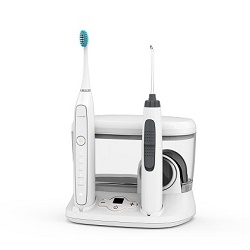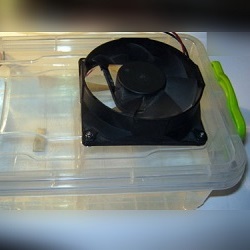All about choosing an air cleaner for home or office
The air cleaner is designed to clean the air in any type of premises: residential, work, production. There is an opinion that such devices are only an element of luxury, but, contrary to popular opinion, there are facts testifying to the benefits of clean air for the body.
Content
What is the need to clean the air
Many people solve the problem of cleanliness using familiar methods, but even regular wet cleaning will not get rid of dust, especially at work or in a production hall.Of course, air pollution is a conventional concept, but if there is a technique that will provide additional comfort in an apartment or house, why not take advantage of it?
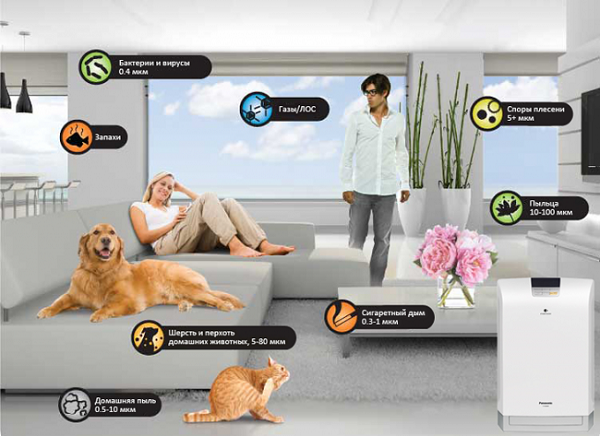
The purchase of an air cleaner solves the following tasks:
- cleans dust, prevents its accumulation;
- effectively combats various odors, including erosive tobacco smoke;
- neutralizes toxic substances of household chemicals or other compounds;
- removes pollen from flowers, wool from animals;
- kills all harmful microorganisms, bacteria, fungal spores, dust mites.
The result of the systematic use of the device will be not just clean air, but a beneficial effect on various areas:
- prevention of allergic reactions and colds;
- the absence of any extraneous odors;
- maintenance of purity.
Thus, the acquisition will be very useful, especially for young parents or pet owners. The main thing - to choose the right device among the numerous designs and arrangements.
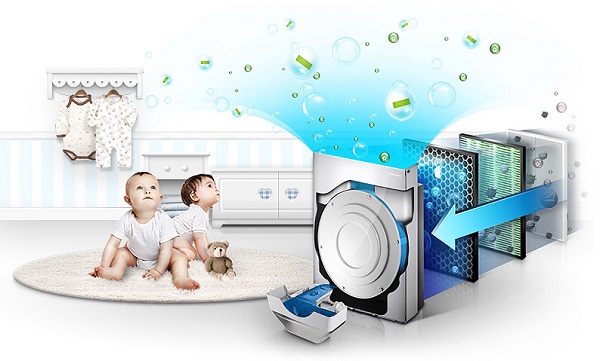
Variety of species
Despite the novelty of the development, the market offers users a variety of types of devices, each of which has its own characteristics.As when choosing any equipment, buying an air cleaner, you should remember that there are no universal models.
Photocatalytic cleaners
An unconventional design without a replaceable filter and a special principle of operation made these devices a leader in sales. Purification of air is the result of exposure to ultraviolet lamps on titanium dioxide, as a result of which microorganisms and organic impurities are decomposed into water and carbon dioxide.
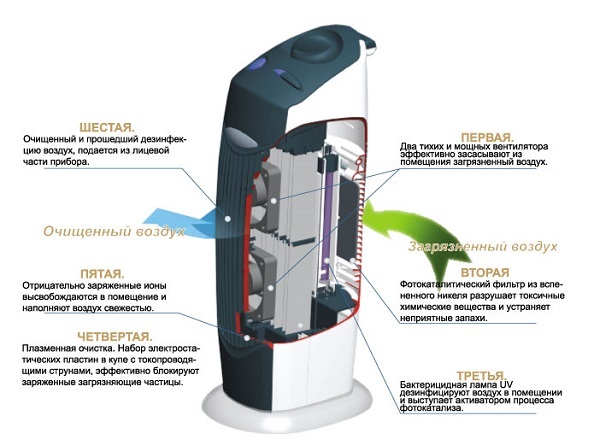
Air purification on the principle of photocatalysis is effective in the fight against microbes, viruses and other "organic", for example, with tobacco tar.. The advantages of this design include practicality, safety and reduced noise.
However, the lack of filtration will not help to clean the air of inorganic particles, such as coarse building dust or pet hair.
Another important disadvantage of photocatalytic cleaners is the principle of operation. Along with viruses all live bacteria perishthat violates the natural microflora and prevents the proper development of the immune system in children. Thus, the extreme is not recommended to use the device around the clock.
Filtration systems
Air purifiers equipped with various filters are able to work in several directions at once. The air is forced to move under the action of the built-in fan, and the filtration system retains large particles of organic and inorganic origin.
As a rule, several filters for multistage treatment of air are installed in the cleaner; we give below the most common ones.
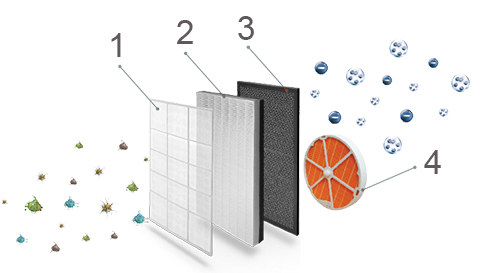
1- Pre-cleaning, 2 - HEPA, 3 - Deodorizing, 4 - Moisturizing and cleansing module Fibra CHM
-
- Preliminary or rough cleaning - strainer designed to hold all mechanical particles larger than 3 microns in size: dust, hair, wool, feathers, poplar fluff. Dust filter is present in almost every model for the primary purification of air; on its own, it is powerless against viruses and microbes. Its main advantage is considered to be low cost and long service life, after contamination, it is enough to wash and dry the filter.
- Deodorizing carbon filters perfectly absorb all extraneous odors and gas impurities. The basis of the filter is wood or activated carbon, the second option is more efficient,as the charcoal creates too dense a wall and reduces the productivity of the whole apparatus. The adsorbing effect of coal is not very effective against light chemical compounds inherent in urban air, therefore it is rational to use coal filters as additional ones. The service life of the element is at least 3 months, after which it is necessary to purchase a new one.
- Electrostatic. One of the modern solutions is to purify the air with positively and negatively charged ions. If you do not go into the exact terminology, then dust and other contaminants are “magnetized” to the filter as a result of static electricity. Reusable filtering elements serve for a rather long time; it suffices to rinse them well. Practical electrostatic filters are not without drawbacks: in the process of work, ozone gas is produced, which at a high concentration is a toxin, which is dangerous for health.
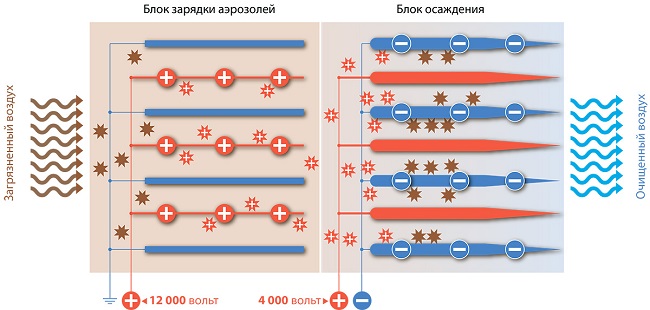
The principle of operation of the electrostatic filter
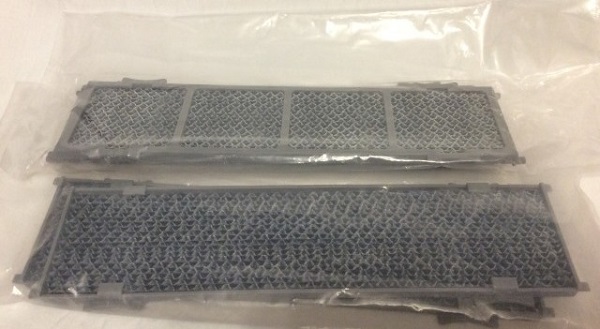
- HEPA High Efficiency Filters. Such a filtration system qualitatively cleans the air even from the smallest viruses, microorganisms or mechanical particles of dust,That is why HEPA is widely used in medical institutions. The disposable filter holds up to 98% of air impurities and lasts about one year, after which it is disposed of.
- Photocatalytic filters. You should not identify them with photocatalytic cleaners: in this case the filter is a replaceable part, and it is used, as a rule, in combination with other filters. The newest development today is considered the most effective: in the process of chemical decomposition of organic particles and compounds into water and carbon dioxide, even viral molecules die (size 0.001 µm). This safe cleaning system qualitatively disinfects the air and prevents the growth of microbes, bacteria, fungi, and also neutralizes formaldehyde and phenol vapors, carbon monoxide, exhaust gases and toxic vapors of bit chemistry. The filter here is the UV lamp, changing it no more than once every two years. The advantage among analogues is that catalytic filters do not lose their effectiveness throughout the entire period of use.
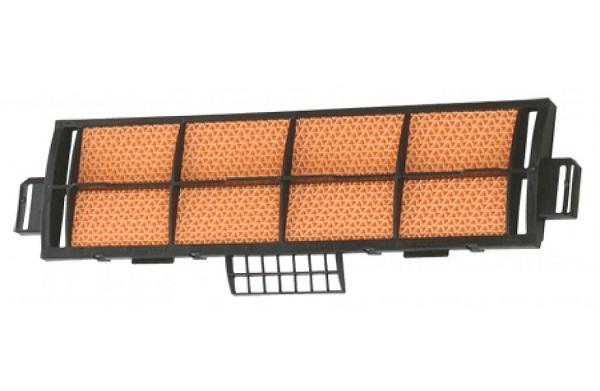
Photocatalytic filter for cleaner
- Water filtration systems. Air cleaners with this design are also called "air washers", They represent a separate direction. Essentially, this humidifier and cleaner in one case. The principle of operation is based on a simple system, where all contaminants settle on special wet discs. Such "washes" are quite large and require regular maintenance - water refilling, but at the same time they are the most inexpensive and environmentally friendly systems. As a rule, the technology of water purification is provided in the “sinks” so that a favorable environment for microbes is not created.

Scheme of air washing
Other versions of filtration systems can be found on the market; this trend is actively developing, and interesting new items are produced every year.
The layout of the filter is different, one device can hold up to 7 different filters, providing the most effective cleaning.
For maximum savings, you should select a model where only the necessary types of filters are combined.
UV lamps
Modern air purifiers with a bactericidal ultraviolet lamp are often found bundled with a photocatalytic filter, but other layouts offer a diverse selection.Often in such devices install electrostatic, coal and other types of filters.
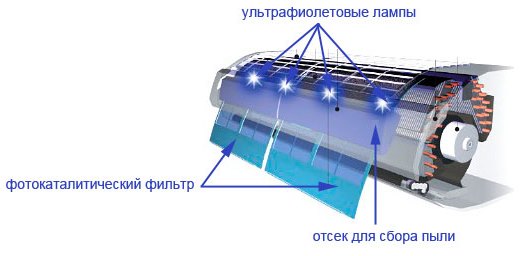
The advantage of the UV lamp lies in its powerful bactericidal action, similar to the design of photocatalytic cleaners. The device successfully fights with all types of organic compounds and harmful microorganisms (allergens, dust mites, fungal spores). Modern engineering solutions have allowed to create devices that do not emit ozone in the process of chemical reactions, as it was before. Such cleaners can be turned on at any time of the day and not free the room from people.
The main criteria for the correct choice
You can choose the technique according to different criteria: price, external execution, dimensions, but only the device that meets the technical requirements will bring maximum efficiency.
Large manufacturers always describe in detail the characteristics of their products in the user manual or on the official website.
Performance
The performance of an air purifier is measured in m³ / h - this is the volume of air that the device “chases” during an hour of work.An effective home appliance processes the entire volume of air three times per hour, respectively, the indicator is equal to the volume of a room multiplied by 3: (Length x Width x Height) x 3 = X m³ / h, where X is the optimal performance value for the room. Small deviations to the lower side are permissible, but not more than 5%.
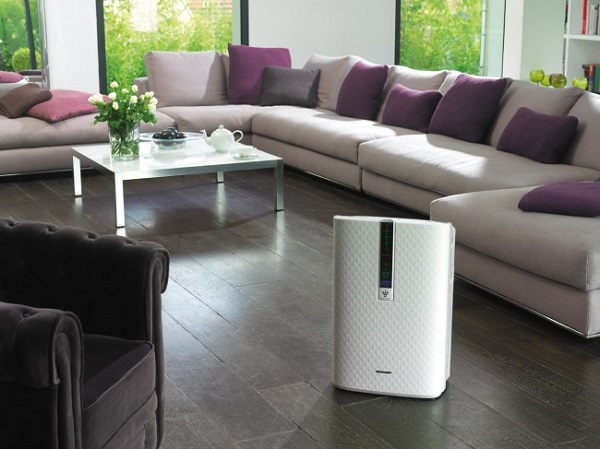
Processing area
No less important is the square of the room, but here everything is much simpler: the manufacturer indicates the recommended area in the user manual. The total area is the product of length and width, the result is measured in m². As in the previous case, small downward deviations (less than 5%) are permissible.
If you plan to move the device from one room to another, you should be guided by the parameters of the largest.
Noise exposure level
Well, if the noise level is minimal - up to about 30 dB, then the device will not interfere during night work. Alternatively, you can consider models where “night "or" quiet "mode.
Additional options
The functional model allows you to choose the most suitable model, because everyone has their own needs.Various options and useful additions appear annually, if not more often. So, what do manufacturers of modern appliances offer to users?
- Air humidifier - maintains humidity in the room at a comfortable range of 50 - 60%. Humidification of the air in any case occurs by forced or natural evaporation of moisture from the tank, for this can be applied heating elements or ultrasound.
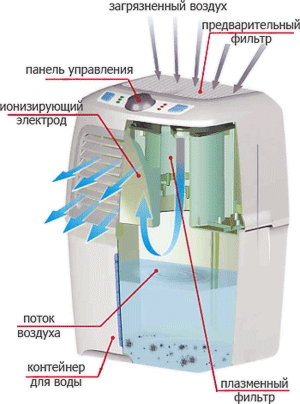
Diagram of the air cleaner-humidifier FANLINE Aqua
- Ionizer. Far from all the dust accumulates on the floor and shelves on their own, the smallest motes, not visible to the eye, are constantly in the air. With an ionizer, you can achieve absolute air purity, because it is able to attract even microscopic elements that no filter can catch.
- Aromatization of air.
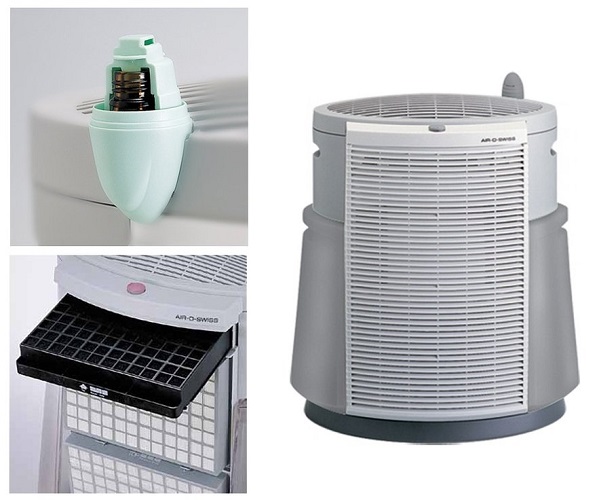
- Low water level indicator in the tank.
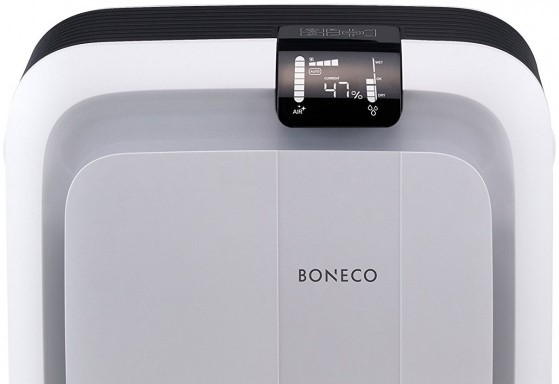
BONECO H680 air purifier with water level indicator
- Adjust fan speed or evaporation rate.
- Selection of operating mode - they can be called differently, the essence is available factory settings speed. The user does not have to configure the device manually, just set the appropriate mode.
- Timer - A very useful feature for setting the optimum run time.
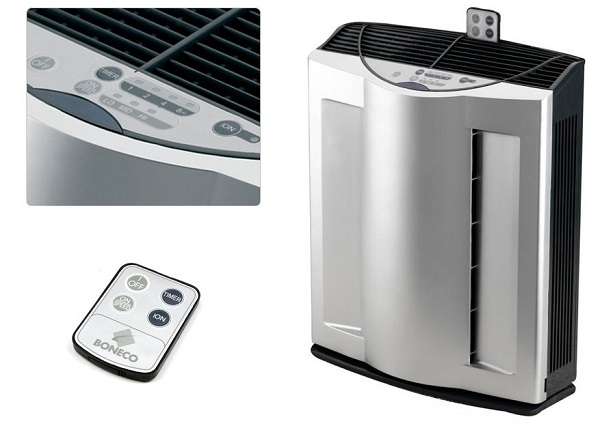
- Indicator of pollution / replacement of the filter, silver ionizing rod.
What to choose
When deciding which instrument to choose, many users analyze reviews, photos, videos and an assortment for a very long time. To begin with, it is necessary to determine from what exactly the air should be cleaned, which reasons are regular, and which are temporary. And each room can have “its own needs”, as well as its own purpose.
Pre-filters, electrostatic (plasma) filters and ionizers are needed if:
- Pets are often in the room;
- windows are open regularly or it is not customary to take off street shoes;
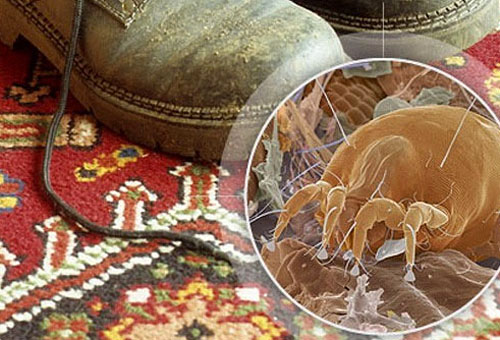
- many plants, carpets, books;
- there is no opportunity to carry out regular wet cleaning.
To cope with foreign smells, tobacco smokeCoal and photocatalytic filtration systems will help with evaporation from household chemicals. And devices with HEPA-filter are necessary if someone has a predisposition to allergies, asthma or other respiratory diseases. Read more about choosing an air cleaner for allergies and asthmatics. here.
The ultimate factor in choosing a device for an apartment or office is design - the appearance of household appliances plays not the last role. Manufacturers offer customers models of all primary colors: white, black, silver, bright yellow and green. Thus, it is possible to purchase an effective air cleaner, ideal for any interior.

/rating_off.png)







